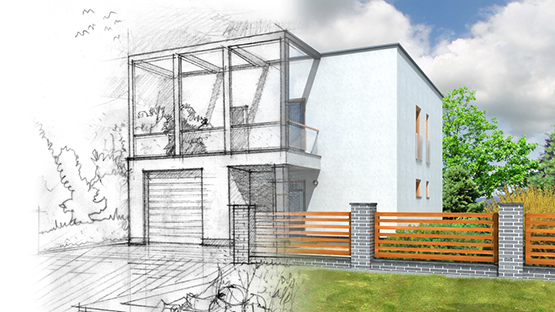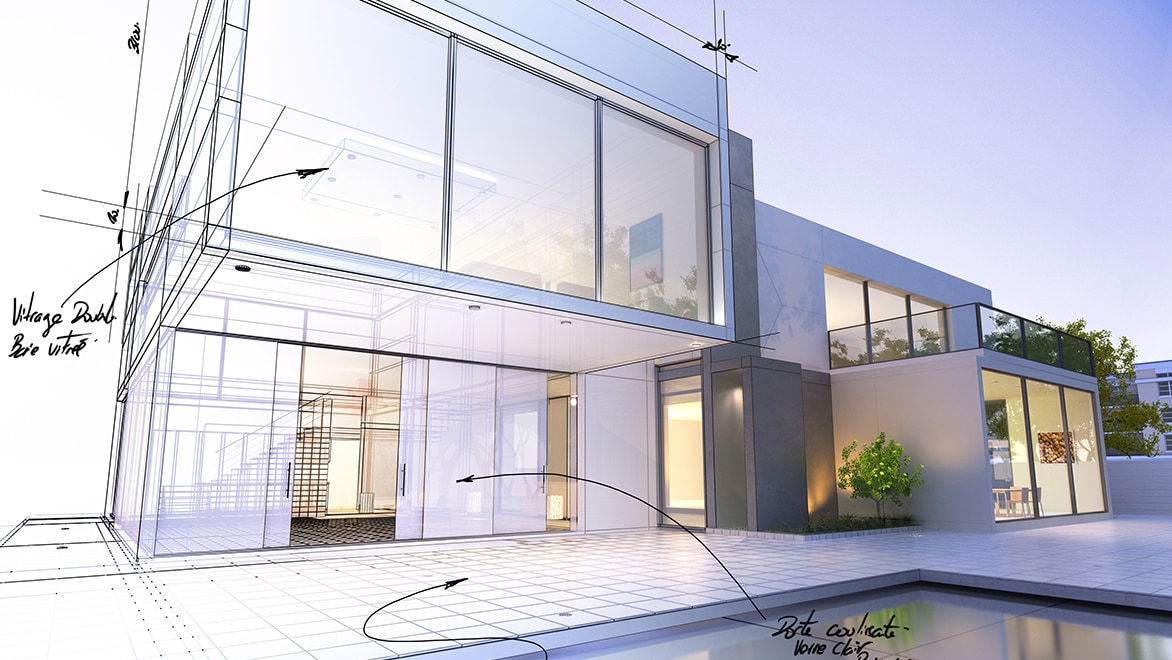Transforming Spaces: The Vision of CDA Architects for Modern Living
Transforming Spaces: The Vision of CDA Architects for Modern Living
Blog Article
Comprehending the Collaborative Process Between Designers and Designers in Modern Building And Construction Projects
The collaborative process in between engineers and engineers is important in modern building tasks, as it harmonizes style intent with engineering usefulness. Checking out these characteristics reveals insights that can dramatically affect project outcomes and total sector criteria.
The Significance of Cooperation
The joint harmony between designers and designers is vital for the effective awareness of any construction project. This partnership combines unique expertise and perspectives, allowing the integration of ingenious design with useful design options. By working with each other, engineers and engineers can make certain that a job not only fulfills aesthetic and functional requirements but also sticks to safety, sustainability, and financial restraints.
Collaboration fosters a shared vision, assisting in the positioning of goals and expectations from the outset. This alignment is important in dealing with possible obstacles and mitigating risks that might occur during the project lifecycle. Moreover, a joint approach enables the efficient allotment of sources, enhancing both time and expense.
The importance of cooperation reaches the iterative process of design and building and construction, where responses from engineers can educate architectural choices, resulting in even more practical and sustainable designs. On the other hand, engineers can influence engineers to assume creatively about how to attain structural integrity without compromising imaginative intent. Ultimately, the collective partnership between architects and designers is not simply beneficial; it is fundamental to the development of high-quality, functional, and cutting-edge constructed settings that satisfy the requirements of culture.
Interaction Strategies and Devices
Efficient interaction techniques and tools are important for fostering partnership between architects and designers throughout the job lifecycle. Establishing clear networks of communication is vital to ensure that all staff member are aligned with task objectives, timelines, and responsibilities. Regular meetings, both in-person and virtual, give chances for stakeholders to review progress, address concerns, and make educated decisions.

In addition, adopting joint communication tools, such as Slack or Microsoft Teams, permits instantaneous messaging, file sharing, and recurring conversations, advertising an extra active response to arising problems. File administration systems likewise play an important duty in organizing job documentation, guaranteeing that all staff member have access to the most recent information.
Shared Goals and Job Vision
A linked project vision acts as the foundation for successful partnership between designers and engineers (cda architects). This common vision not only aligns the initiatives of both events yet also develops a common framework for decision-making throughout the task's lifecycle. By articulating clear objectives, stakeholders can properly browse the complexities of modern-day building tasks, making certain that both aesthetic and functional needs are met
Developing shared goals involves open discussion and a detailed understanding of each technique's payments. Architects commonly concentrate on design intent, spatial connections, and user experience, while engineers emphasize structural integrity, systems capability, and conformity with laws. When these perspectives are aligned, the outcome is a cohesive task that adheres to both imaginative desires and technological expediency.
Additionally, a distinct project vision promotes responsibility among staff member, encouraging each participant to take ownership of their function in accomplishing the desired result. Normal check-ins and collective workshops can even more reinforce this dedication, enabling modifications to be made as the task evolves. Eventually, a shared vision not just improves team effort yet also boosts the high quality of the final deliverable, resulting in successful task conclusion.
The Function of Innovation
Leveraging innovation has ended up being necessary in enhancing partnership in between designers and engineers. Structure Info Modeling (BIM) stands out as a critical modern technology, enabling both engineers and designers to create thorough 3D designs that here encapsulate style intent and structural integrity.
Moreover, cloud-based platforms make it possible for seamless partnership, enabling project stakeholders to accessibility and upgrade job data from anywhere. my review here This cultivates a culture of openness and accountability, as adjustments can be tracked and examined in real-time. In addition, mobile applications further boost interaction, offering on-site teams with immediate accessibility to job specs and updates.
Emerging modern technologies such as expert system and equipment learning are additionally beginning to contribute in predictive analysis, aiding groups recognize possible problems prior to they develop. Inevitably, the role of modern technology in architecture-engineering cooperation not only improves process effectiveness however also enhances innovation, bring about even more successful task outcomes. By embracing these technical developments, designers and engineers can guarantee a more natural and efficient joint process throughout the construction lifecycle.
Instance Researches in Effective Partnerships
Countless study highlight the profound effect of efficient collaborations in between engineers and designers on job outcomes. One remarkable instance is the cooperation on the High Line in New York City City, where landscape designers, designers, and city planners functioned with each other to change a deserted railway right into a vivid public park. This multidisciplinary technique not only enhanced the visual high quality however likewise made sure structural safety and security and ecological sustainability.

The Burj Khalifa in Dubai even more demonstrates the importance of collaborative efforts - cda architects. The assimilation of style and design knowledge made it possible for the task group to accomplish unmatched heights while sticking to safety laws and aesthetic vision
These instances highlight the value of communication, trust fund, and shared goals. In today's complex building and construction setting, such partnerships are necessary to navigating challenges and supplying tasks that satisfy both useful and visionary objectives.
Verdict
Finally, the collaboration between engineers and engineers is vital for the success of contemporary construction tasks. Efficient communication techniques, a common task vision, and the assimilation of sophisticated modern technologies are crucial components that facilitate this collaboration. By cultivating a culture of responsibility and leveraging tools such as Structure Information Modeling (BIM), groups can browse project intricacies, making sure that aesthetic, practical, and sustainability objectives are achieved. Ultimately, this harmony results in cutting-edge and successful task results.
Report this page